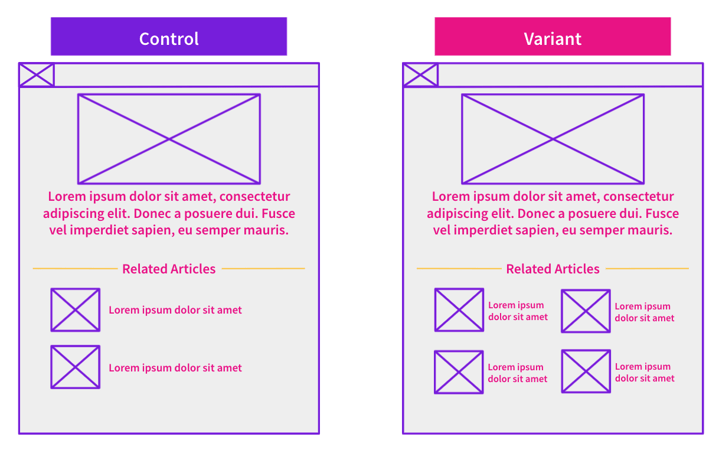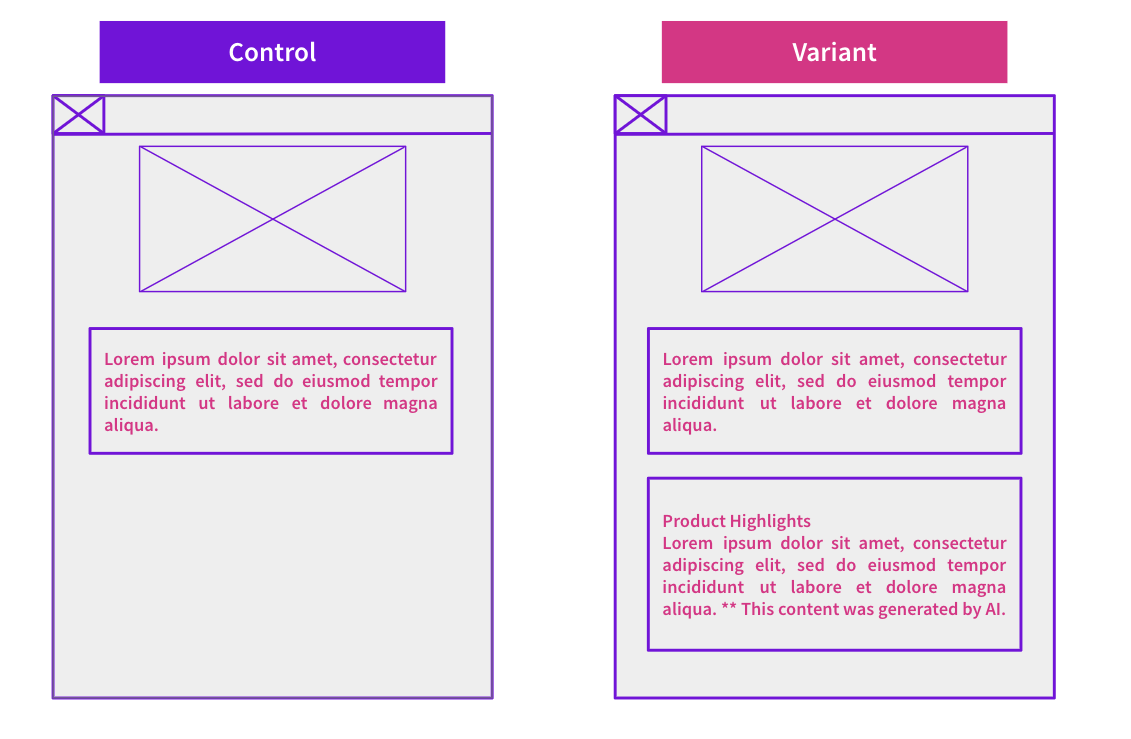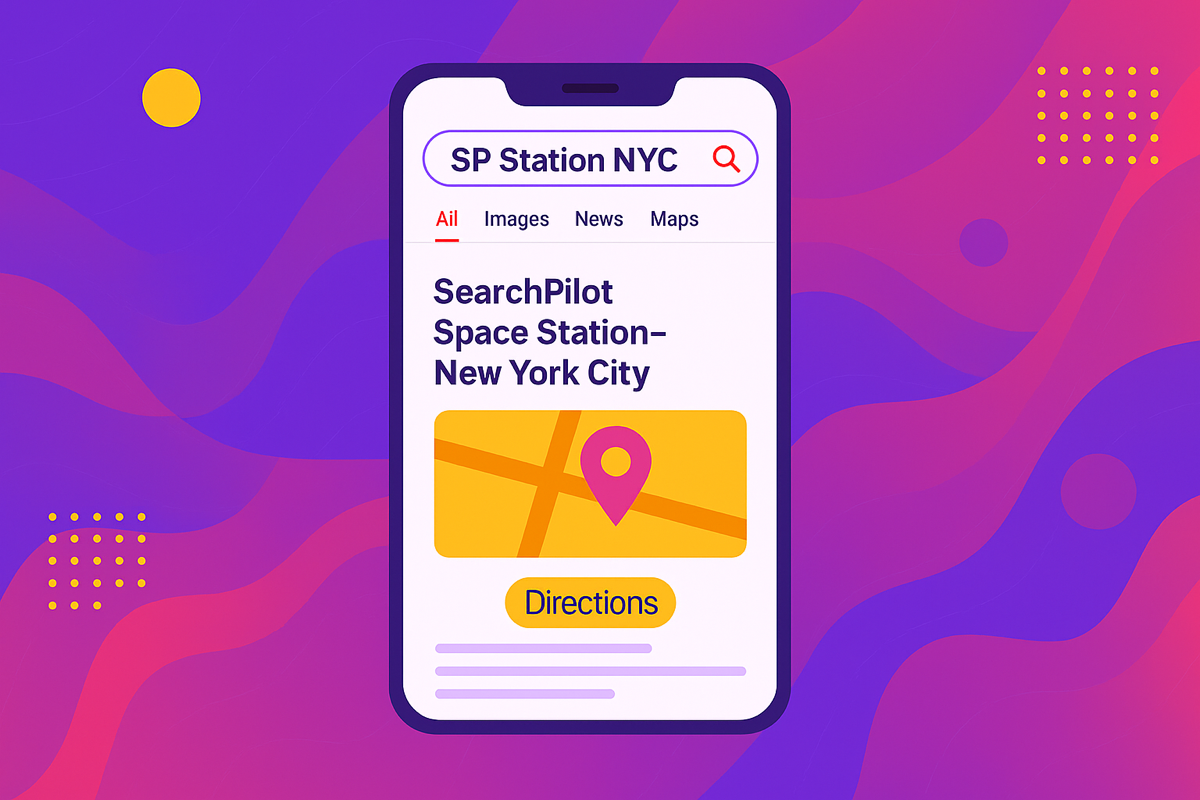Start here: how our SEO split tests work
If you aren't familiar with the fundamentals of how we run controlled SEO experiments that form the basis of all our case studies, then you might find it useful to start by reading the explanation at the end of this article before digesting the details of the case study below. If you'd like to get a new case study by email every two weeks, just enter your email address here.
This week’s #SPQuiz asked our Twitter followers what they thought the impact was on organic traffic when we increased the number of related article links from two to four on each page of an ecommerce customer’s content hub.
Here’s what they thought:
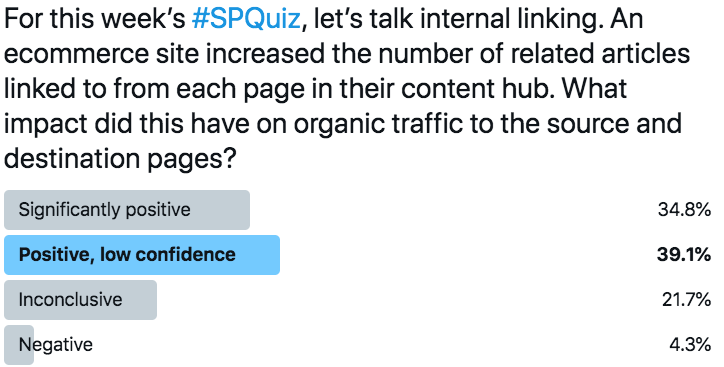
It was close but 40% of our followers believe increasing the links in the content hub would have a positive impact on organic traffic but at a lower confidence interval. Coming in a close second, an estimated 35% believe it’ll have a significantly positive impact on organic traffic, while 20% and 4% would have an inconclusive or negative impact!
Actually, it was positive at the lower confidence! Wanna know why?
Read the full case study below!
The Case Study
Adding links to pages has always been a popular way to boost a website’s traffic. There are many benefits to increasing internal linking, such as spreading link equity to other pages, allowing users to navigate your site easily and keeping them there longer, and making it easier for Googlebot to crawl your site’s pages and rank your content.
An ecommerce customer of ours has content hub pages that include a lot of internal links, but for their related articles section, at most, there are only two article links. From our previous testing, we know that linking to related pages can further improve organic traffic. Check out our other case study, “Increasing Internal Linking.”
Based on the layout of our customer’s website, we increased the number of linked-to article pages on each content hub page, taking it from two article pages to four.
As internal linking impacts both the pages receiving the link and the pages we are linking from, in this test we measured the organic traffic to three groups of content hub pages: donor pages, recipient pages, and combined.
The donor group is the subset of content hub pages that had two new links added and which previously already had at least one link from the related articles section of another content hub page.
The recipient pages had two new article page links added to them but also received at least one new inbound link from another content hub page.
Lastly, the combined group, which is the donor and recipient group, measures the net effect on organic traffic.
This experiment was controlled by making sure that none of the pages linked to themselves and that none of the control pages received links or had links added.
The image below shows a simplified look at how we changed these pages.
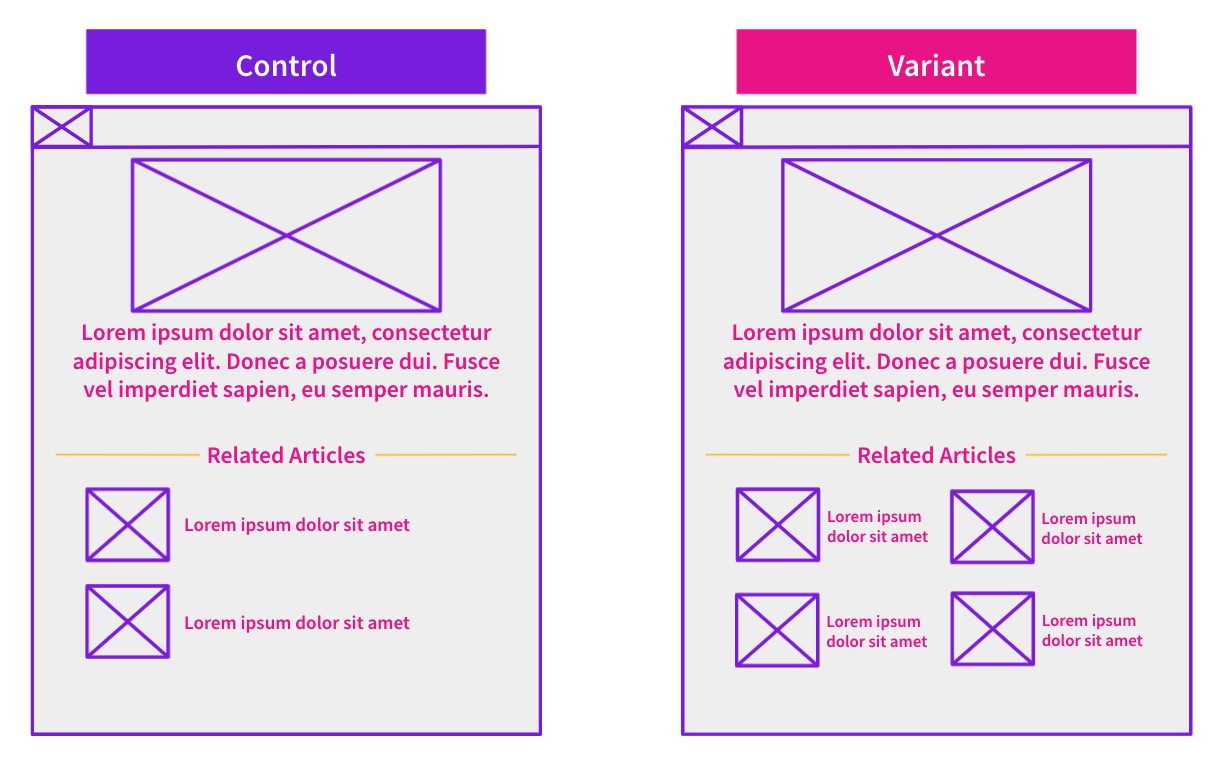
The variant content hub page showcases four article links in the related articles section of the page, whereas the control page only contains two article links.
What did the results look like for all three groups?
The chart below shows the impact of this test on organic sessions for the combined group:
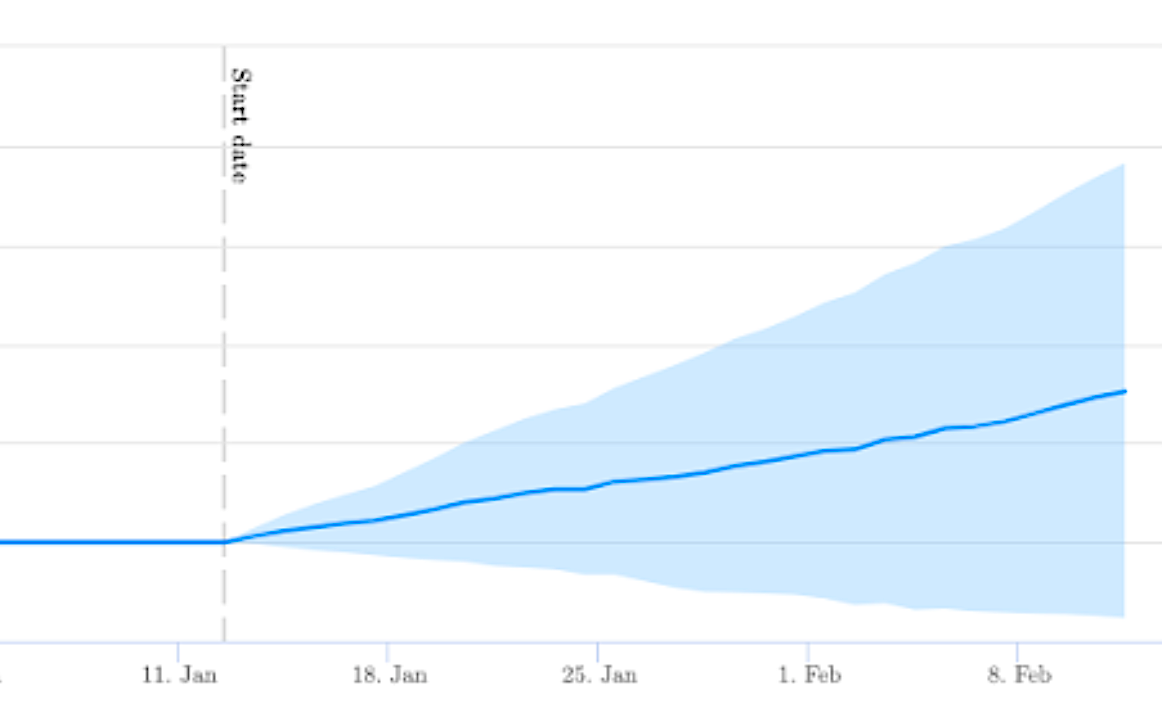
While not positive at the standard 95% confidence interval, our analysis showed that there was a 90% chance this change would result in a positive outcome for both recipient and donor pages, with an 11% uplift in organic traffic.
Our analysis on the impact for donor and recipient pages individually showed that there was a 95% chance of a positive impact on donor pages, reporting a 16% uplift, but what was most surprising was that there was no detectable impact on the recipient pages.
The charts below show the impact on organic traffic for both groups:
Donor Group Results:
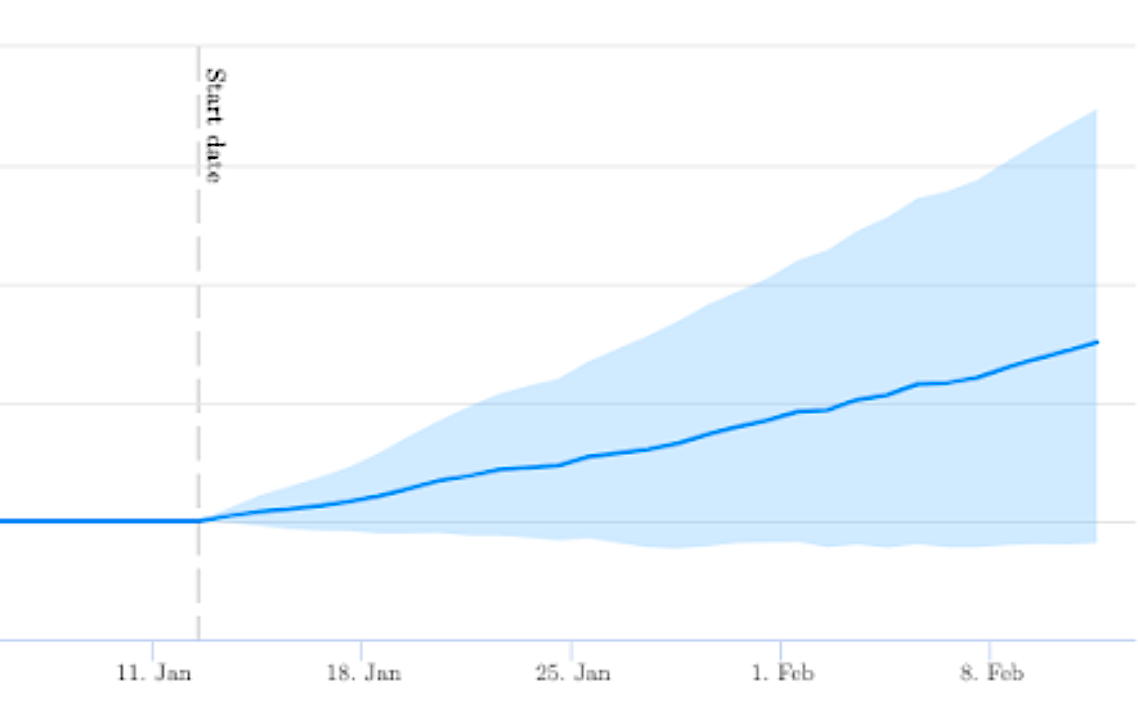
Recipient Group Results:
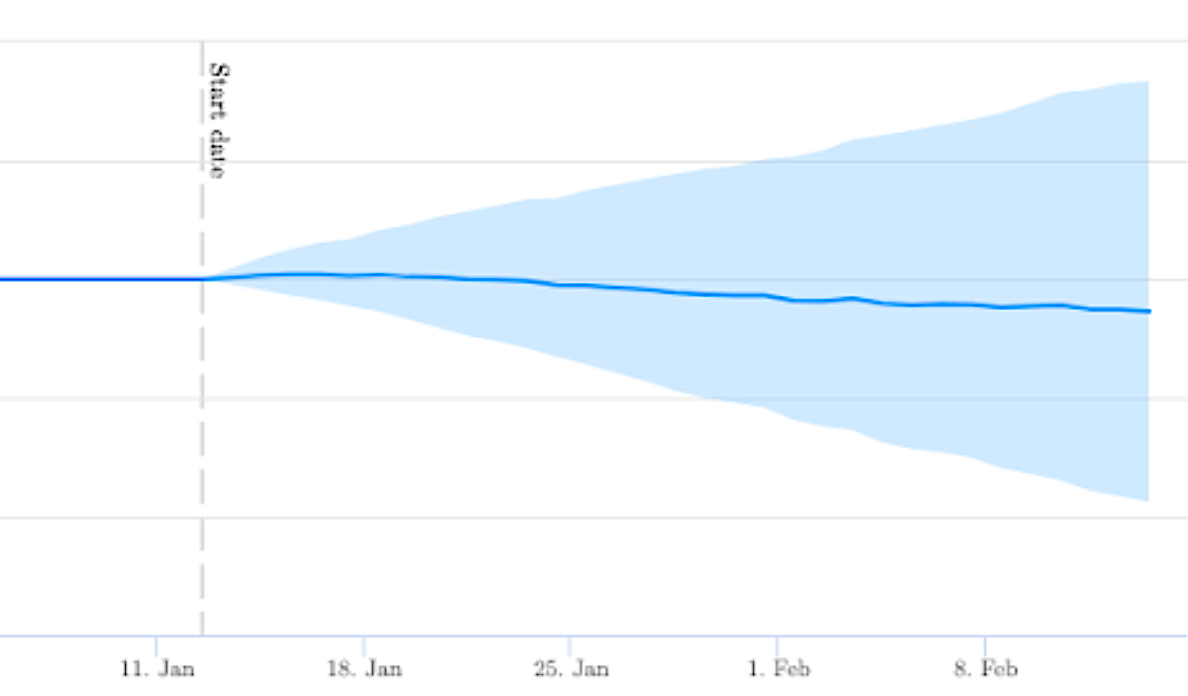
One potential explanation for the result for the recipient group of pages is that they had substantially less traffic, meaning we likely did not have a large enough sample size to detect a change in traffic.
Based on the evidence from running this experiment, however, both sets of pages still experienced a positive net outcome despite being at a lower confidence interval.
At SearchPilot, we understand that we’re doing business, not science. Given that this change was based on a solid hypothesis, and more likely positive than not, we decided to deploy this change as a way to receive incremental gains on those pages.
Internal linking, especially when linking to content that has similarities to the original page, continues to prove to be a great way to boost link equity to other pages and increase organic traffic.
To receive more insights from our testing, sign up for our case study mailing list, and please feel free to get in touch if you want to learn more about this test or our split-testing platform more generally.
How our SEO split tests work
The most important thing to know is that our case studies are based on controlled experiments with control and variant pages:
- By detecting changes in performance of the variant pages compared to the control, we know that the measured effect was not caused by seasonality, sitewide changes, Google algorithm updates, competitor changes, or any other external impact.
- The statistical analysis compares the actual outcome to a forecast, and comes with a confidence interval so we know how certain we are the effect is real.
- We measure the impact on organic traffic in order to capture changes to rankings and/or changes to clickthrough rate (more here).
Read more about how SEO testing works or get a demo of the SearchPilot platform.
